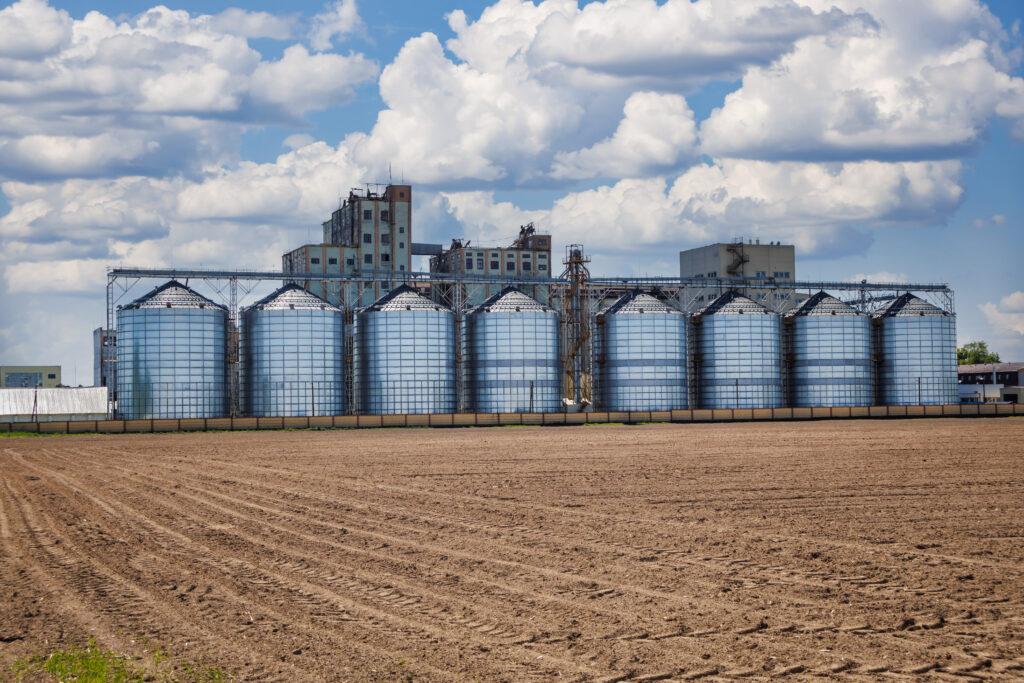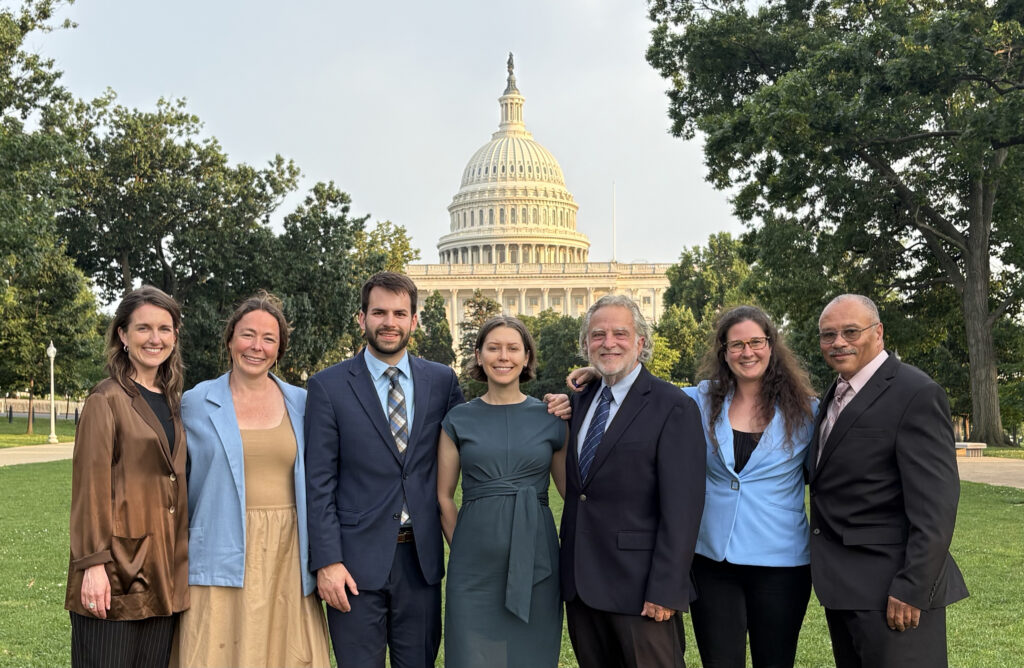This first blog post in our new series, The Food Monopoly Files, draws from our landmark report Kings Over the Necessaries of Life to explain how monopoly agriculture came to dominate the food system.
A century ago, Americans fought and won against corporate control of their food. Today, we’re back where we started—only worse.
From the 1910s through the New Deal era, the U.S. had some of the strongest antitrust laws in the world. For example, Congress passed the Packers and Stockyards Act in 1921 to break up the meatpacking monopoly and protect farmers from predatory market practices. For decades, these laws kept agricultural markets open, competitive, and fair.
But beginning in the 1980s, a wave of deregulation, corporate mergers, and government inaction reversed those gains. Enforcement agencies stopped challenging monopolies. Politicians embraced the idea that “bigger is better”—even in farming.
The result? The most concentrated food system in U.S. history.
The Rise of Monopoly Ag
As our Agriculture Consolidation Data Hub lays out, just a handful of corporations dominate every stage of the food chain today:
- Three fertilizer companies—CF Industries, Nutrien, and Koch—control 93% of nitrogen fertilizer sales in North America.
- Four seed companies—Bayer, Corteva, ChemChina, and BASF—control over 60% of the global seed market.
- Two farm machinery giants—Deere & Co. and CNH Industrial—dominate tractor and combine sales.
- Four beef packers—Tyson, Cargill, JBS, and National Beef—control 85% of the U.S. beef market.
- Four grocery retailers—Walmart, Kroger, Costco, and Albertsons—control over 65% of the U.S. grocery market.
When a few corporations control each link in the chain, both farmers and consumers lose their bargaining power—while corporations gain the ability to set prices, terms, and even the rules themselves.
The Consequences for Farmers and Consumers
For farmers, monopoly control translates into fewer buyers for their products and higher prices for the inputs they need to farm. A farmer might have only one or two buyers for their crops or livestock—a situation known as a monopsony, where the buyer holds all the power. At the same time, seed, fertilizer, and machinery costs are climbing, squeezing already thin margins.
For consumers, monopoly control means higher grocery prices, fewer product choices, and a food system vulnerable to supply shocks. Take the 2019 fire at Tyson’s Holcomb plant, when meatpackers claimed the fire lowered processing capacity, causing them to raise beef prices and cut payments to ranchers. Yet in the weeks after the fire, the industry processed more cattle than before it. That’s the power of monopoly control: Corporations can twist events to pad their profits, all while selling the illusion of choice on grocery store shelves, where many competing brands ultimately roll up to the same corporate parent—leaving families with less choice than ever.
And for rural communities, consolidation has been devastating. As family farms close and independent businesses disappear, small towns hollow out. Wealth that once circulated locally is siphoned away to distant corporate headquarters, leaving behind empty storefronts and shrinking tax bases.
How We Got Here
Several deliberate policy changes paved the way for today’s monopolized food system:
- Deregulation in the 1980s: The Reagan administration weakened antitrust enforcement across industries, including agriculture, allowing a wave of mergers that shrank farmer options.
- Lax merger review: Mega-mergers like Bayer-Monsanto were approved despite clear risks to competition, creating seed and pesticide giants with the power to dictate prices.
- Checkoff program abuses: U.S. Department of Agriculture (USDA) commodity checkoff funds have been used to lobby against the very farmers who must pay into them, turning farmer dollars into tools of corporate influence.
- Revolving door politics: Corporate executives move into top USDA positions—and back again—ensuring policy reflects industry priorities over public interest.
Why It Matters
Food is not just another product. When a handful of corporations control who farms, how they farm, and who eats, it undermines our freedom and concentrates power in the wrong hands.
Monopoly agriculture isn’t an accident. It’s the result of deliberate policy choices. And if we made choices that concentrated this much power in corporate hands, we can make different choices to take it back.
Coming up next in this series: Meatpacking: Four Corporations, Total Control—a deep dive into how the Big Four beef packers manipulate markets, exploit farmers, and drive up prices for consumers.




